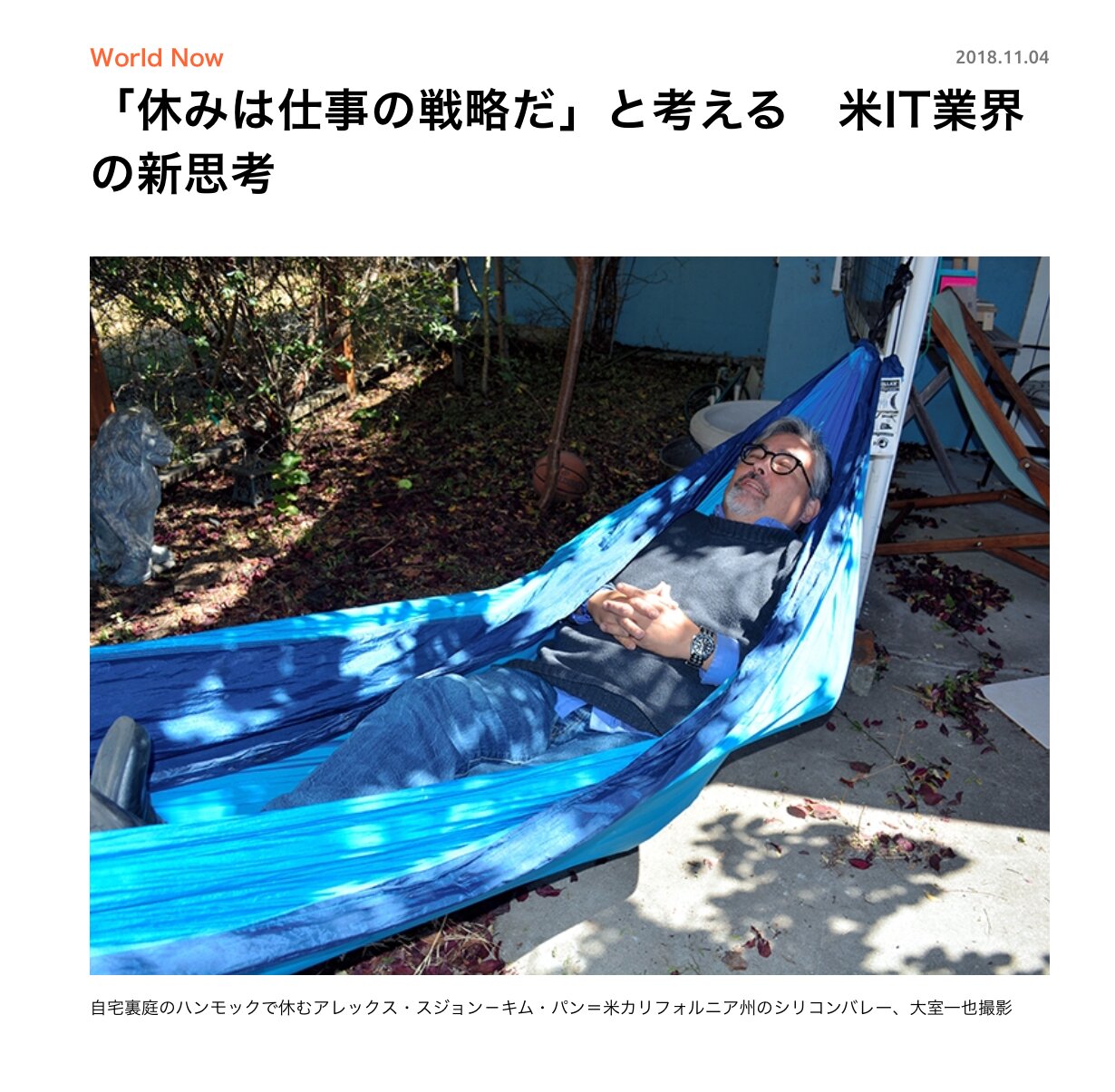For some time, I’ve talked about why overwork has become the new normal, even for people who are fairly economically secure, or who have lots of control over their time. Most of us, I think, have an intuitive grasp of what’s going one.
For one thing, many of us don’t work in fields that have “natural” starting and end-times, or clear external measures of productivity. At sunset we can’t look back on how many acres we’ve harvested; when the factory whistle sounds, we don’t have a bunch of widgets we’ve stamped out. Knowledge work and services can stretch out across our days and work their way into the cracks of our calendars. They’re also inherently hard to measure. Consequently it’s easy for the amount of time we spend working, and how seriously we take our jobs, to become proxies for productivity.
Performing busyness is a good way to avoid getting more work piled on your plate, and looking indispensable. It’s a kind of corporate protective covering, a way of fitting in. When everyone does it, living a more balanced life makes you look like a slacker, and feel like you’re not doing your bit.
There’s also a self-defeating cycle that keeps up overworking. You can sustain a push for a few weeks, but eventually chronic fatigue sets in, and productivity drops. To keep up, though, you need to put in even more hours, which might help a little in the short run but then leaves you more tired, and even less productive. Which we try to overcome by working even more.
Finally, Silicon Valley and the finance world has bequeathed us with a vision of success that’s a sprint rather than a marathon, a race against your own obsolescence. In an earlier era, success came by working your way up the ladder, waiting your turn, and building your career; now, it’s a rocket ship driven by the energy generated by the fast decay of your technical skills or business model.
Cass Business School professor Laura Empson had an additional explanation: insecurity.
The core of Empson’s insight is that, as she puts it on her Web site,
belonging to an elite organization can help counteract the sense of insecurity felt by many high-performing individuals, and how social control mechanisms within the firms’ strong cultures can provide a degree of ‘comfort’. However, there is a dark side to this:… comforting social control can lapse into cult-like conformity, and… exacerbate existing tendencies to overwork.
As she explains in Harvard Business Review,
A professional’s insecurity is rooted in the inherent intangibility of knowledge work. How do you convince your client that you know something worthwhile and justify the high fees you charge? The insecurity caused by this intangibility is exacerbated by the rigorous “up or out” promotion system perpetuated by elite professional organizations, which turns your colleagues into your competitors….
[E]lite professional organizations deliberately set out to identify and recruit “insecure overachievers” — some leading professional organizations explicitly use this terminology, though not in public. Insecure overachievers are exceptionally capable and fiercely ambitious, yet driven by a profound sense of their own inadequacy….
Paradoxically, the professionals I studied still believe that they have autonomy and that they are overworking by choice. They do not blame their organizations, which after all have invested in work-life balance initiatives and wellness programs. Instead, they blame themselves for being inadequate.
It’s good to see someone else providing what seems a very plausible explanation for overwork.
If you’re not into reading, Empson also has a BBC1 radio show about insecure overachievers.








